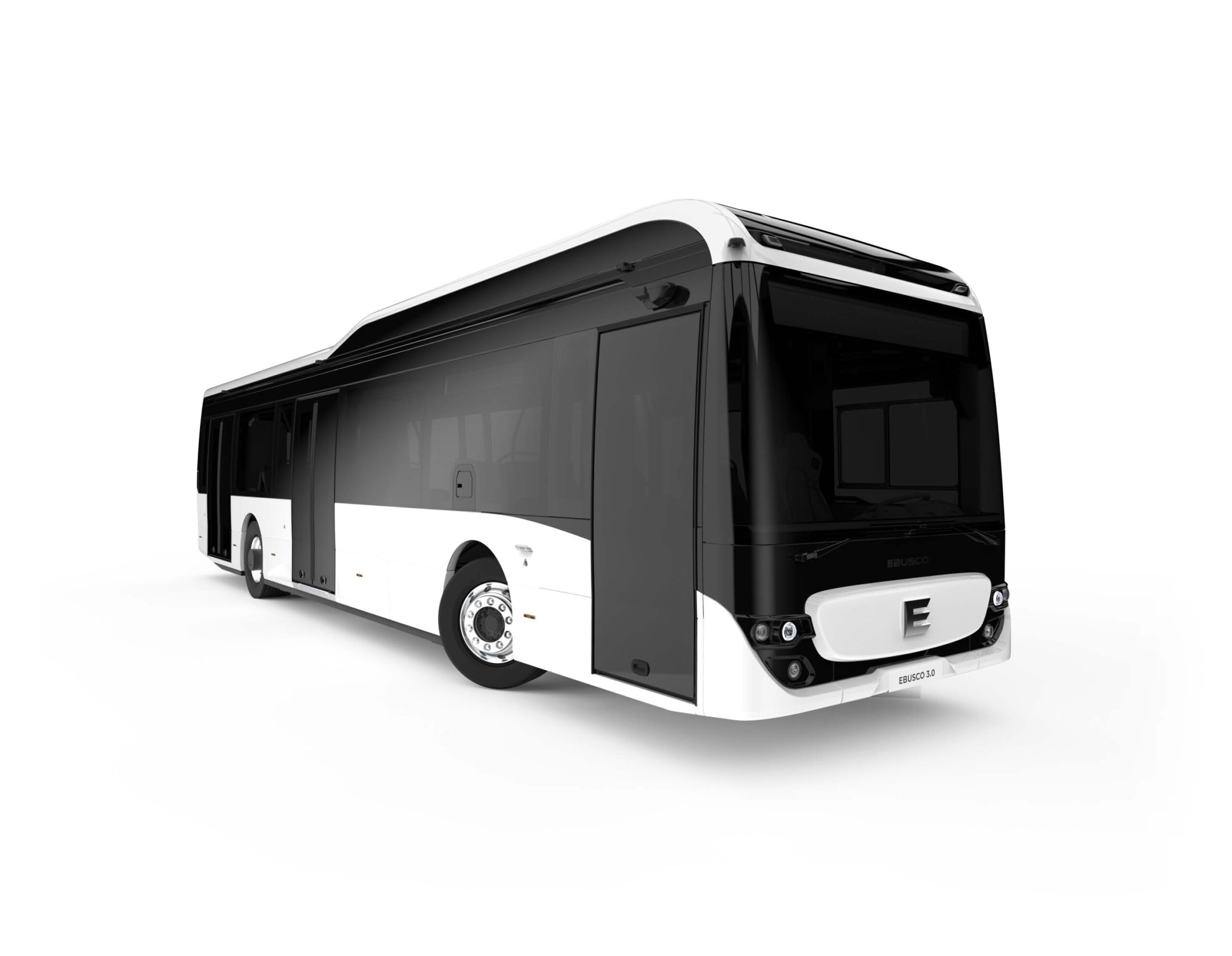Electric Bus Efficiency in Colder Climates
Optimal Electric Bus Performance by Pre-conditioning Your Buses
In the ever-evolving landscape of sustainable transportation, electric buses have emerged as frontrunners in reducing emissions in the mobility sector. However, one challenge electric bus operators face, especially in colder climates, is the potential impact on range due to heating requirements, but there is a relatively simple way to minimise this impact.

Pre-Conditioning
Often, it can be a matter of utilising your charging system to its full capacity, meaning that, while your bus is charging, it can simultaneously heat the bus, creating a warm bus before operation starts.
Heating systems operate by using external electricity to warm up the bus before it hits the road. This not only ensures passenger and driver comfort but also reduces the strain on the battery during operation in colder climates. By heating the bus while it’s still connected to the charging station, operators can minimise the need for heating during the journey, preserving valuable battery power for driving.
Ebusco Live
Ebusco Live is a real-time monitoring system. This system collects all the data of the buses, and gives you, amongst other things, insight into the battery capacity, temperature in the bus, and temperature of the batteries, even up to cell level. By using Ebusco Live, you can make data-driven decisions to optimise your charging time and energy consumption.
Data Driven Decisions
Ebusco Live empowers operators to implement customised charging strategies based on specific needs. Whether it’s adjusting charging times during off-peak hours, or pre-conditioning the buses by including heating (or cooling) in the charging time, the platform offers flexibility to adapt to varying operational requirements. So how can Ebusco Live help you to increase the performance of the bus in wintertime? With this live monitoring system, the battery performance is displayed at cell level. By understanding the impact of weather conditions on the battery performance and charging process, fleet managers can strategically adapt their operational planning. For instance, during cold temperatures, an additional cooling time can be seamlessly integrated into the charging schedule, ensuring a warm bus, pre-heated batteries, and an optimal battery capacity before the start of operation. In summer, this principle can also be applied by cooling down the bus before the service starts.
Small Change, Big Impact
By properly mapping your operation in different weather conditions, and adapting your charging strategy, you offer comfort for both passengers and drivers while improving operational efficiency, and range. With these relatively small adjustments, electric bus operators can ensure that sustainable mobility remains a viable and efficient option year-round.
This article was originally published by Ebusco.













